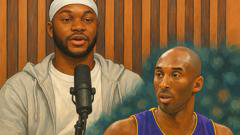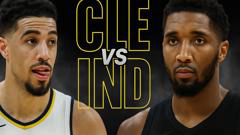Every era has its poet, its force of nature—a player who bends the game’s rhythm to his will. For Kobe Bryant, the ghostly echoes of his game span decades, each generation finding a different face in the mirror.

The 1980s: Before highlights blazed across YouTube, a young Kobe’s game took root in the silhouette of Michael Jordan. There’s no need for grand introductions—the air was thin, the comparisons obvious.
But the story twists. Looking back at those wing scorers of the '80s, you see slices of George Gervin’s smooth glide, shadowboxing with the idea of what Kobe could become.
As the century tipped into the 2000s, something wild happened. Kobe’s evolution found a parallel in the vibrant arcs of Ray Allen and the fearless shot-making of Tracy McGrady—a pair dancing neck-and-neck atop the scoring charts. That’s just wild.
“Those two—T-Mac and Kobe—were also one and two in terms of scoring in the 2000s.”
The cadence shifted in the 2010s. While voices chattered about DeMar DeRozan, it was Devin Booker who quietly mirrored the Mamba’s precision—those passing chops, the IQ, echoes of a deeper mastery. Classic clutch moment.
Now, in the roaring 2020s, all eyes turn to Shai Gilgeous-Alexander—a player less about raw spectacle, more about geometry and patience. Like late-stage Kobe, he thrives on angles, pump fakes, with counters as crisp as winter air. That’s pure poetry in motion—no crazy hops, just basketball IQ unleashed.
Each decade has tried to cage Kobe Bryant in a comparison, but the truth is: his spirit flows across time, impossible to pin down, always searching for a worthy rival.
You’ve simply got to see how these legends echo one another—better just watch the clip for yourself.








Comments